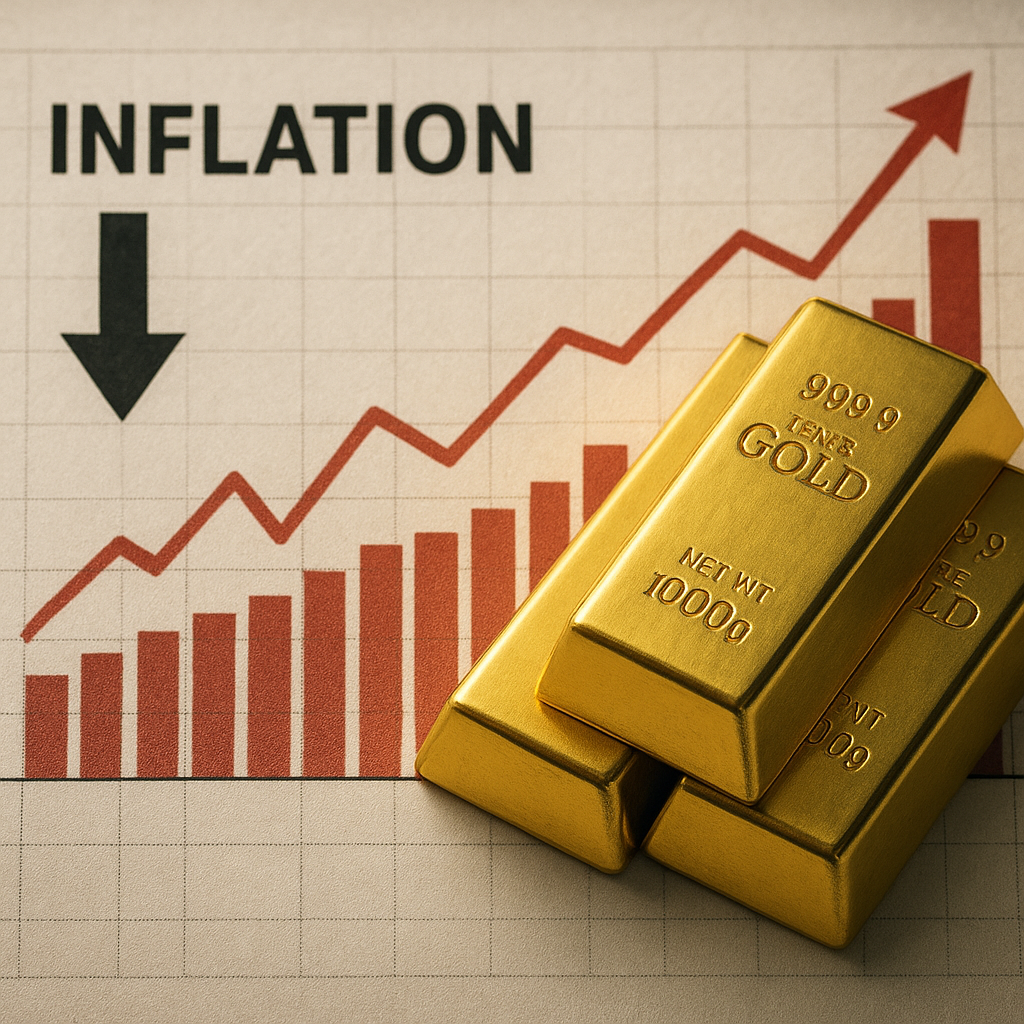The global gold market is a complex and dynamic system influenced by various factors, including the production capabilities of top gold-producing countries. Understanding the role these nations play in the global supply chain is crucial for comprehending the fluctuations in world gold prices.
Major Gold-Producing Countries
Gold production is concentrated in a few key countries, each contributing significantly to the global supply. These nations have vast reserves and advanced mining technologies, allowing them to extract gold efficiently and in large quantities. The top gold-producing countries include China, Australia, Russia, the United States, and Canada. Each of these countries has unique characteristics and challenges that affect their production levels and, consequently, the global gold market.
China
China has been the world’s largest gold producer for over a decade. The country’s gold mining industry is characterized by a large number of small and medium-sized enterprises, which collectively contribute to its high production levels. China’s government has also played a significant role in supporting the industry through favorable policies and investments in mining technology. However, environmental concerns and regulatory changes pose challenges to the sustainability of China’s gold production.
Australia
Australia is another major player in the global gold market, with its vast mineral resources and advanced mining infrastructure. The country’s gold production is primarily concentrated in Western Australia, where large-scale mining operations are prevalent. Australia’s stable political environment and strong regulatory framework make it an attractive destination for mining investments. However, fluctuations in global demand and environmental regulations can impact production levels.
Russia
Russia is one of the leading gold producers, with significant reserves and a well-established mining industry. The country’s gold production is supported by state-owned enterprises and private companies, which have access to advanced mining technologies. Russia’s geopolitical position and economic policies can influence its gold production and export strategies, affecting global supply and prices.
United States
The United States is a significant contributor to the global gold market, with major mining operations in states like Nevada and Alaska. The U.S. gold industry benefits from advanced technology and a skilled workforce, enabling efficient extraction and processing. However, environmental regulations and land use policies can pose challenges to expanding production capacity.
Canada
Canada is known for its rich mineral resources and robust mining industry, making it one of the top gold producers globally. The country’s gold production is concentrated in provinces like Ontario and Quebec, where large mining companies operate. Canada’s commitment to sustainable mining practices and innovation in extraction technologies supports its position in the global market. However, economic factors and regulatory changes can influence production levels.
Impact on Global Supply and Prices
The production levels of these top gold-producing countries have a direct impact on the global supply of gold, which in turn influences world gold prices. Several factors contribute to this dynamic, including geopolitical events, economic conditions, and technological advancements in mining.
Geopolitical Factors
Geopolitical events can significantly affect gold production and prices. For instance, political instability or conflicts in major gold-producing regions can disrupt mining operations and supply chains, leading to fluctuations in global supply. Additionally, trade policies and international relations can influence the export and import of gold, impacting prices on the global market.
Economic Conditions
Global economic conditions play a crucial role in determining gold prices. During periods of economic uncertainty or recession, gold is often seen as a safe-haven asset, leading to increased demand and higher prices. Conversely, during times of economic growth and stability, demand for gold may decrease, resulting in lower prices. The economic policies of major gold-producing countries, such as interest rates and currency exchange rates, also affect production costs and profitability, influencing global supply.
Technological Advancements
Advancements in mining technology have a significant impact on gold production and supply. Innovations in extraction and processing techniques can increase efficiency and reduce costs, enabling countries to produce more gold at competitive prices. Additionally, technological developments in exploration can lead to the discovery of new gold reserves, expanding the global supply and influencing market dynamics.
In conclusion, the top gold-producing countries play a vital role in shaping the global gold market. Their production levels, influenced by various geopolitical, economic, and technological factors, have a direct impact on global supply and prices. Understanding these dynamics is essential for investors, policymakers, and industry stakeholders to navigate the complexities of the world gold market effectively.












